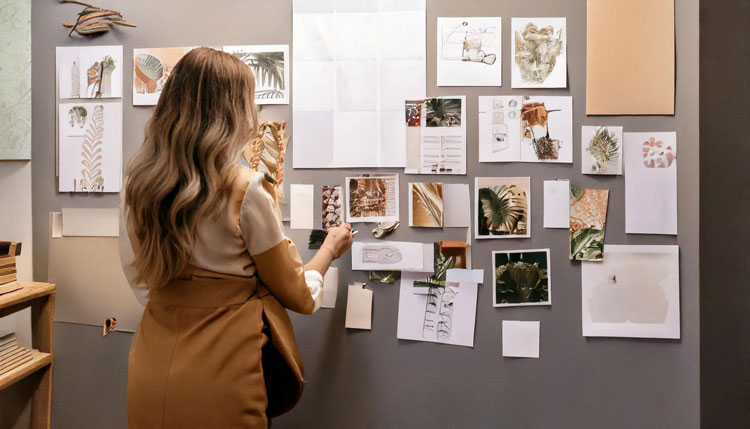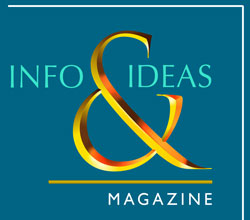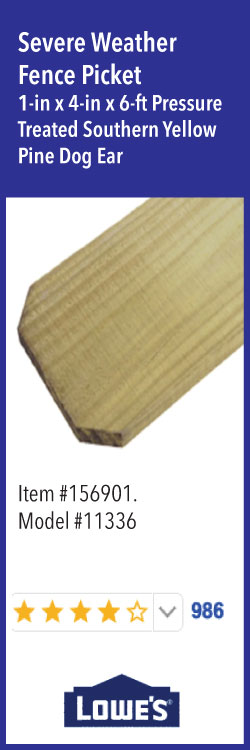
Image was created with Adobe Firefly AI generators. To learn how to use AI go to: https://bestdesigner.website/
A mood board is a visual collage or collection of images, colors, textures, typography, and other design elements that represent the desired style, theme, or mood for a project. It serves as a creative tool to communicate ideas and set the tone for various projects, such as branding, interior design, fashion, marketing campaigns, or graphic design.
It primarily relies on visuals to convey ideas, often supplemented by minimal text. Printed images, fabric swatches, or materials pinned on a board serve as its creation tools. You can also add snippets from magazines, digital designs, or cultural artifacts.
Often, we share mood boards with clients or team members to ensure that creative direction and expectations align. We customize them to suit specific themes like “tropical vacation,” “futuristic tech,” or “vintage romance.”
Images such as photos, illustrations, or artwork that reflect the theme can serve as mood board elements. The visual identity can be defined through the use of sketches or palettes. Examples of fonts or type treatments. There are variations in fabric, materials, graphic patterns, and the types and weights of paper.
By helping to crystallize abstract ideas into tangible forms, mood boards clarify a unified vision and act as a starting point for brainstorming and creative exploration.
To facilitate discussions between designers, stakeholders, and clients, mood boards serve as a reference throughout the project to ensure consistency. It defines the aesthetic for a branding project, the look and feel of a room or space, visualizes trends or a specific style for a collection, and creates focus for advertisements or product launches. It is a strong tool for consolidating ideas into a single, cohesive visual narrative; a mood board helps bridge the gap between concept and creation.




